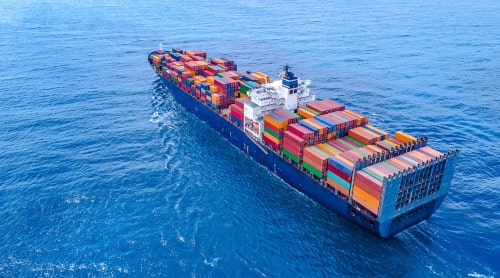
Read Part One and Part Two here.
With a COVID-19 vaccine currently being tested with a view to being produced, pharmaceutical companies, transportation and logistics providers are working together to develop the necessary supply chains to deliver the required doses.
“The partners have to collaborate. If you don’t… you might run into a capacity shortage or equipment shortage” said Daniel Trefzger, CEO of Kuehne + Nagel International speaking to the Wall Street Journal.
Kuehne + Nagel had signed warehousing and distribution contracts with several drug makers working on a vaccine according to analysts.
Meanwhile, Airlines have been scaling up their air-freight capabilities, with many being converted from passenger aircraft to store cargo. Analysts say that freighter and “freighter-like” air transport capacity has increased between 25% to 50% over the last six months, according to the Wall Street Journal.
IATA estimated that it would take 8,000 fully laden Boeing 747 flights to deliver a dose to everyone around the world.
Similarly, many logistics operators are working closely with pharmaceutical companies to deliver “freezer farms” near global air hubs to ensure that the vaccines are stored and kept at the correct temperature as they are transported across the supply chain.
Likewise, Maersk announced a partnership with Covaxx to set up a supply chain service to deliver over a billion doses of a COVID-19 vaccine globally.
Check, Check and Check Again
While the long-term lessons of the COVID-19 crisis will take time to be processed, in the short-term many organisations will be looking to take a greater interest in their supply chains going forward.
At the heart of this new recalibration, there needs to be a greater understanding of the importance of the organisation’s business network, and the ways that a company’s relationships, from suppliers to consumers, can impact their business.
Corporates will need to leverage data better in order to have greater visibility of these key suppliers and consumers so that they can effectively monitor and track their supply chain. Improving visibility and transparency by using the latest data analytics tools will become vital in the battle to protect organisations from business interruption.